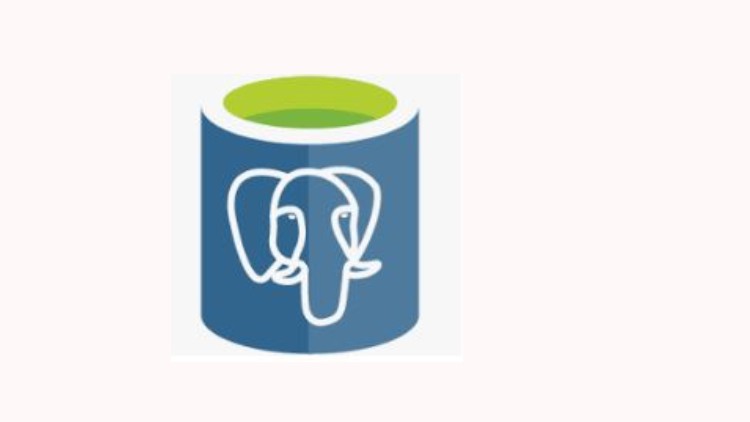
Learn SQL and execute queries on PostgreSQL Databases
What you will learn
Setup PostgreSQL Database Server
Install Sample database
Query and retrieve all data from a Table
Query Data From Specific Columns in a database table
Filter data returned from an SQL database query
Sort data returned by an SQL query
Query data with comparison operator
Query data with Like operator
Query data with Union Operator
Description
PostgreSQL is an open-source database management system for enterprise-class database applications. It supports both SQL and JSON for relational and non-relational queries for extensibility and SQL compliance. It also offers advanced data types and performance optimization features to store and scale complicated database workloads. It is also known as Postgres.
SQL (often pronounced like “sequel”) stands for Structured Query Language, and it’s used when companies have a ton of data that they want to manipulate. The beauty of SQL is that anyone working at a company that stores data in a relational database can use it. (And chances are, yours does.)
For example, if you work for a software company and want to pull usage data on your customers, you can do that with SQL. If you’re helping develop a website for an ecommerce company that has data about customer purchases, you can use SQL to find out which customers are purchasing which products. Of course, these are just a few of many possible applications.
Much of the world’s raw data—from electronic medical records to customer transaction histories—lives in organized collections of tables called relational databases. To be effective in working with data , you must know how to wrangle and extract data from these databases using a language called SQL .
Content